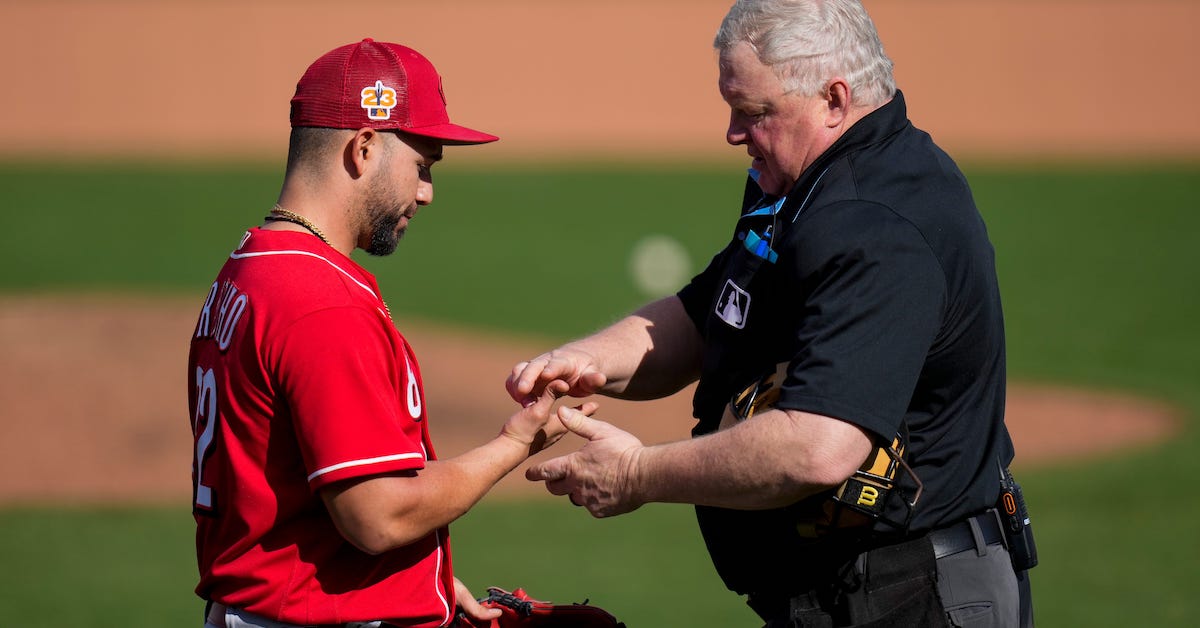Aye, Eye: Pirates Prevailing on Pitch Selection

The Pirates are off to a surprisingly hot 13–7 start, tied for the fifth-best record in the majors, and they have a burgeoning offense to thank. At the close of play on Thursday, after scoring 37 runs over a four-game stretch, they rank second in the National League with 103 runs scored, are tied for fourth in the majors with 27 home runs, and are third with a .446 team slugging percentage and eighth with a .339 wOBA. They’ve managed to limit strikeouts — they’re seventh among major league teams with a 20.6% strikeout rate – and have improved their walk rate by two percentage points since last year. Pirates pitching has handled their side of business well enough — their 12th-ranked 4.03 ERA represents a significant improvement from 2022 but looks a little cleaner than their 17th-ranked 4.30 FIP and 22nd-ranked 4.55 xFIP — but the real bright light has been that offense.
We’re already getting to the appropriate time in this piece to repeat FanGraphs’ April refrain: it’s early. But when looking for answers this early in the season, I like to follow a general rule of thumb: the more granular the data, the better. As Russell Carleton wrote in this 2011 piece, “The way to increase reliability of a measure is to have more observations in the data set.” This early in the season, we can often learn more reliably from statistics that are based on every pitch a hitter sees or every swing he takes — something like swing rate or contact rate — than metrics with at-bats or plate appearances in the denominator. This makes plate discipline and pitch selection a good area to explore looking for answers in April.
In the case of the Pirates, improved pitch selection has been a great triumph so far this year — and it’s not that they’re necessarily being more patient, but more that they’re making better decisions. The team is swinging at 45.5% of offerings this year, down just a tenth of a point from last year, but far more of those swings are targeting pitches in the zone. Pittsburgh ranks second in the majors with a 27.9% chase percentage, an improvement from 31.7% last year. After finishing dead last in 2022 in zone swing percentage at 65.3%, the Pirates are all the way up to sixth this season with a 69.3% rate. The improvements have been nearly universal, but even as their depth has been tested with injuries to Oneil Cruz and Ji-Man Choi, a few picky Pirates are leading the way. Read the rest of this entry »










